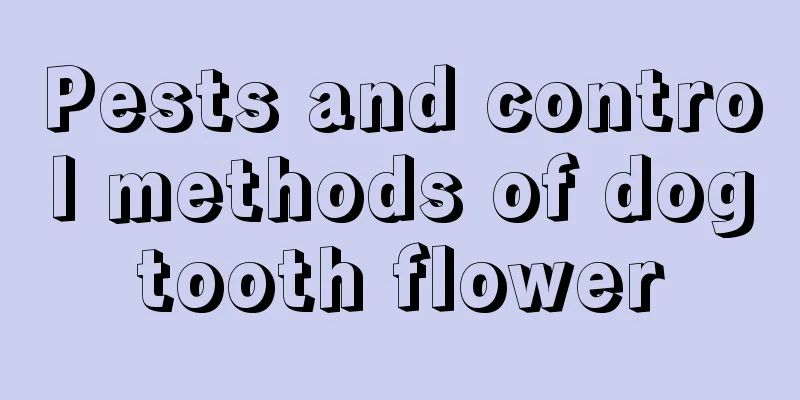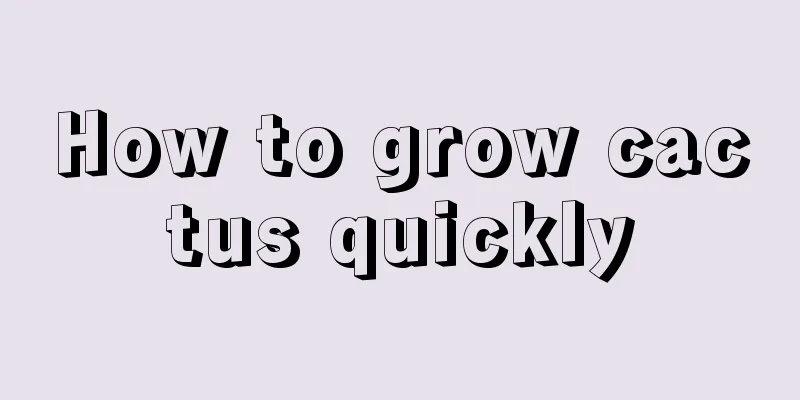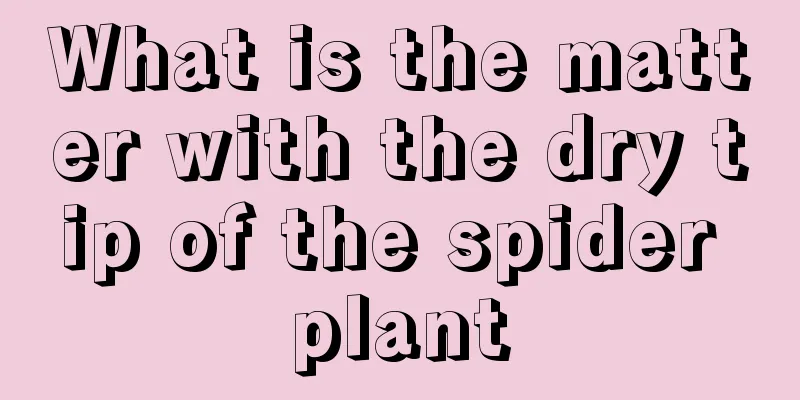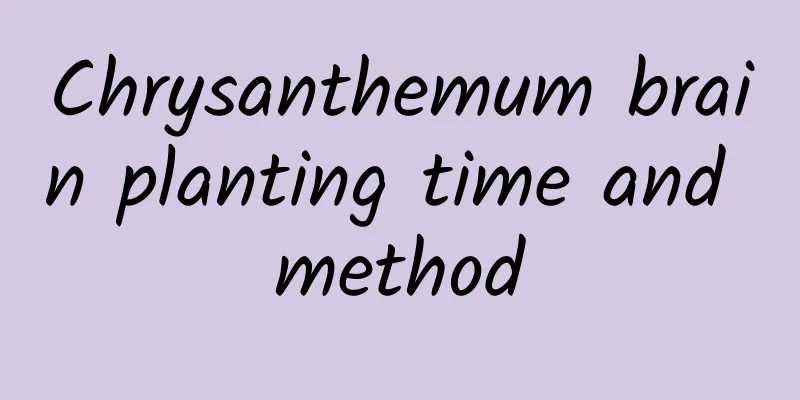Pests and control methods of dogtooth flower

Pests of dogtooth flower: aphidssymptomAphids are 1.5-4.9 mm long, most are about 2 mm long, and are sometimes covered with wax powder but lack wax flakes. Antennae have 6 segments, a few have 5, rarely have 4, the sensory circle is round, rarely oval, and the tip of the last segment is often longer than the base. Aphids are the fastest reproducing insects, and can reproduce 10 to 30 generations a year. Female aphids can reproduce from birth and do not need males to reproduce. Aphids use their mouth needles with sucking mouths to pierce the epidermis of plants and suck the juice from the tender leaves of the plants, causing the plants to grow slowly. The secretions of aphids also attract ants. Prevention and treatment methodsTo eliminate aphids, it is necessary to start from the wintering period of flowers, which can achieve twice the result with half the effort. If we only rely on spring and autumn when aphid damage is most serious, the prevention and control effect will not be significant. Newly introduced flower seeds and seedlings must be strictly inspected to prevent the invasion of new pests, and the soil and flower pots must be disinfected to kill remaining insect eggs. In combination with pruning, the remaining flowers and dead leaves where aphids have lived or where their eggs have hibernated should be removed and burned in a centralized location. When a small number of aphids are found, you can brush them clean with a brush dipped in water, or tilt the potted flowers under running water and rotate them to rinse them. This will not only kill the aphids, but also clean the leaves, thereby increasing their ornamental value and promoting leaf respiration. If conditions permit, you can also use natural enemies such as ladybugs and lacewings for prevention and control. Pests of dogtooth flower: thripssymptomThrips are common insect pests that mainly affect the growth of leaves and flowers, causing leaf deformities, yellow spots, and cessation of plant growth. Prevention and treatment methodsWhen caring for dogtooth violets, you should pay attention to promptly cleaning up the host plants of thrips, such as weeds. It is also necessary to spray chlorpyrifos, seven-star emulsion, insecticide aqueous solution, and wind and thunder stimulant for prevention and control. |
<<: Common pests of monkey orchid and their control methods
>>: Diseases and Pests of Hellebore and Their Control
Recommend
Do I need to water the cyclamen during its dormant period?
Cyclamen dormancy maintenance When cyclamen is do...
How to deal with rotten roots of the fortune tree
1. Control the amount of water Reason: The root r...
What to do if the false epiphyllum does not bloom
The reason why the false night-blooming cereus do...
Cultivation methods and precautions of small ball roses
How to grow small roses Pot soil requirements The...
Why are the leaves of the Ping An tree turning yellow?
1. Environmental inadaptability If the plant has ...
Does the Venus flytrap need to be fed? How does it catch flies?
1. Do you need to feed? It needs to be supplement...
How to plant and manage peanuts during flowering to achieve high yields (Key points of peanut flowering management technology)
1. Watering to fight drought Peanuts are deep-roo...
How to repot a money tree
How to repot the money tree When the money tree g...
The difference between dahlia and dahlia
Plant appearance Dahlia Also known as dahlia, Ind...
How many days does it take for baby's breath seeds to germinate? How to grow them after germination?
1. How many days does it take to germinate? Gener...
I always have trouble taking care of the flowers at home. Make some nutritious soil yourself and they will bloom so profusely that you can’t stop!
Huahua's neighbor is an expert in growing flo...
How to plant Gesang flower
1. Soil Because the Gesang flower has good adapta...
Can Phalaenopsis be placed on the balcony in summer? How to manage Phalaenopsis in summer
1. Can it be placed on the balcony in summer? Whe...
The efficacy and function of amaranth
Improve physical fitness Amaranth contains a lot ...









